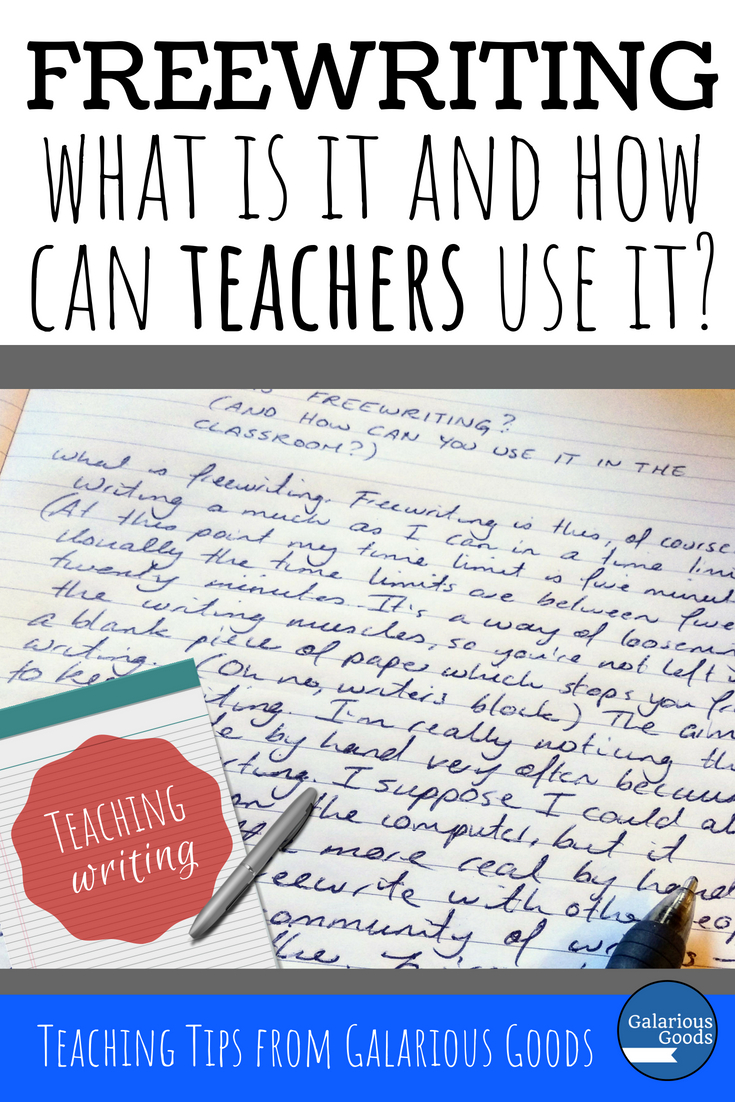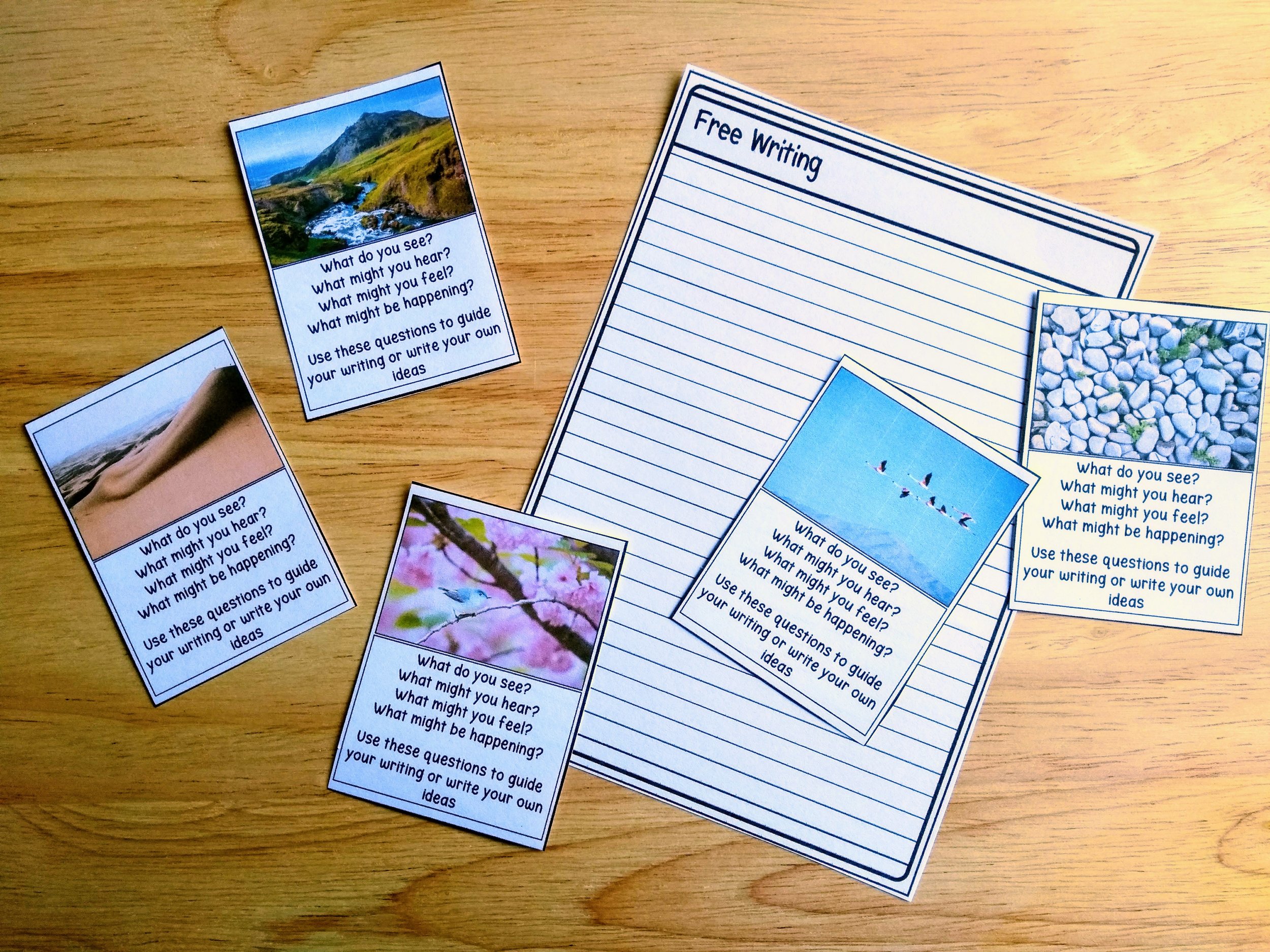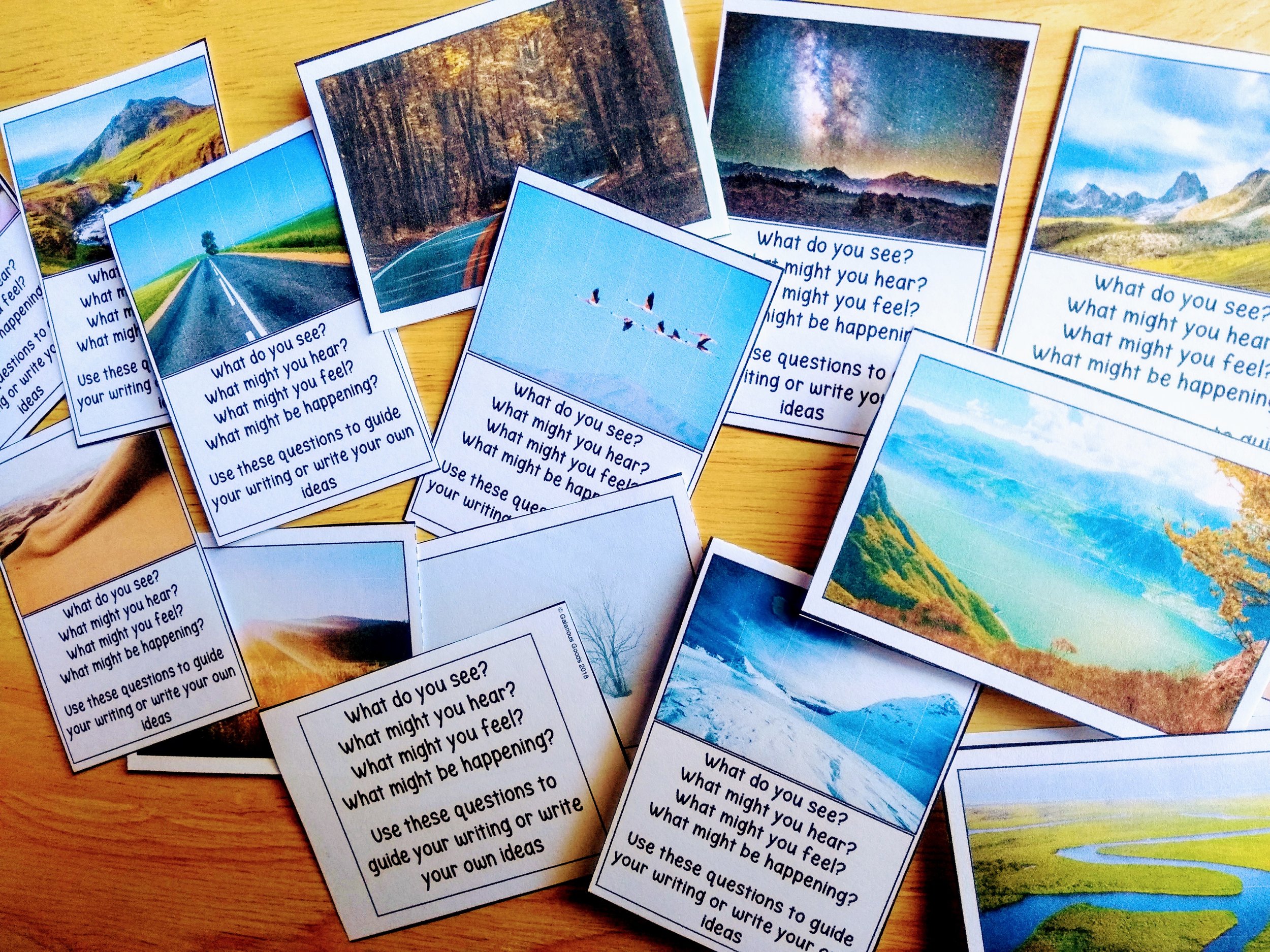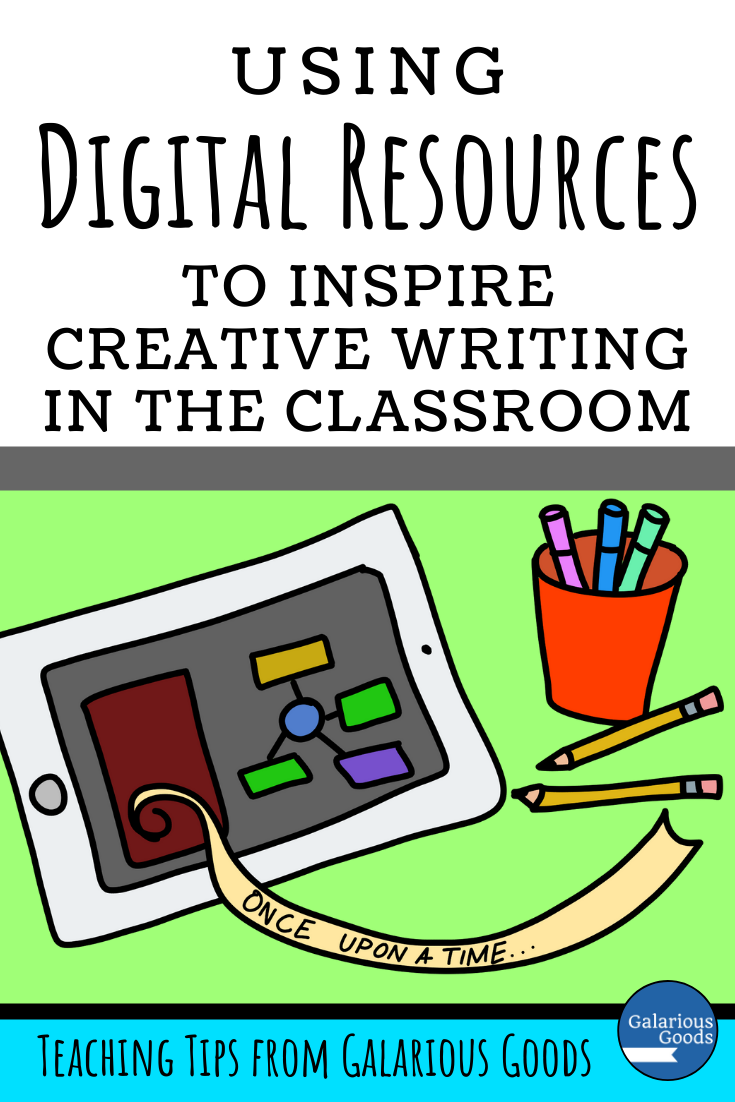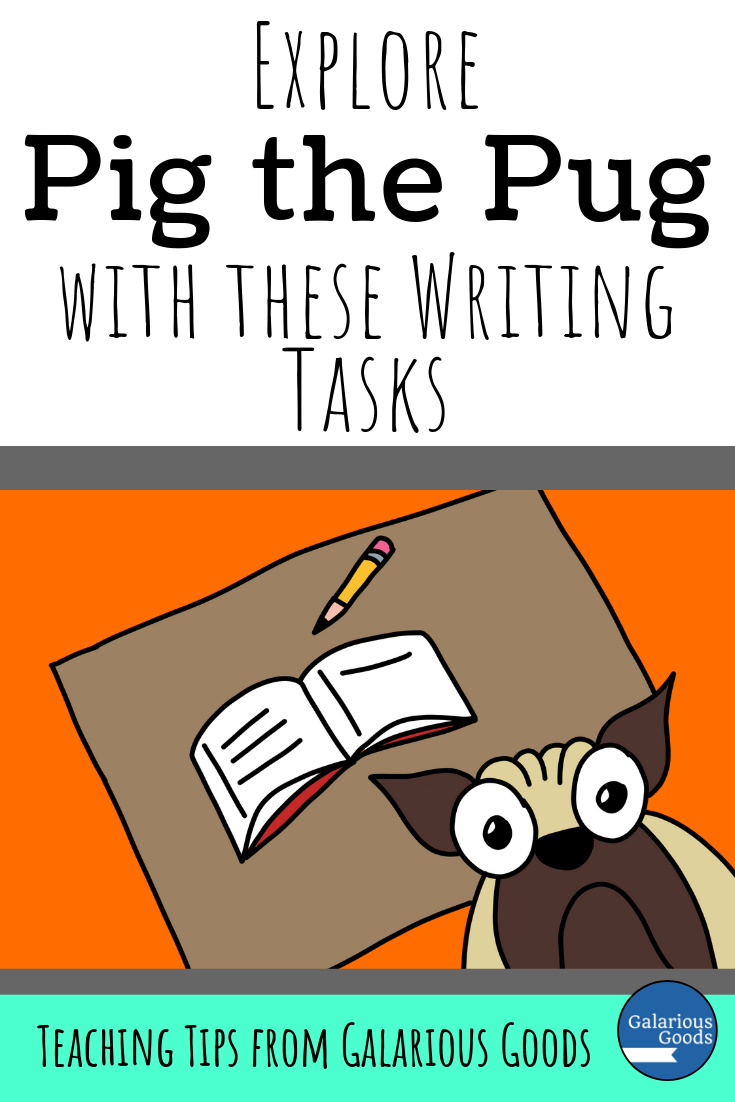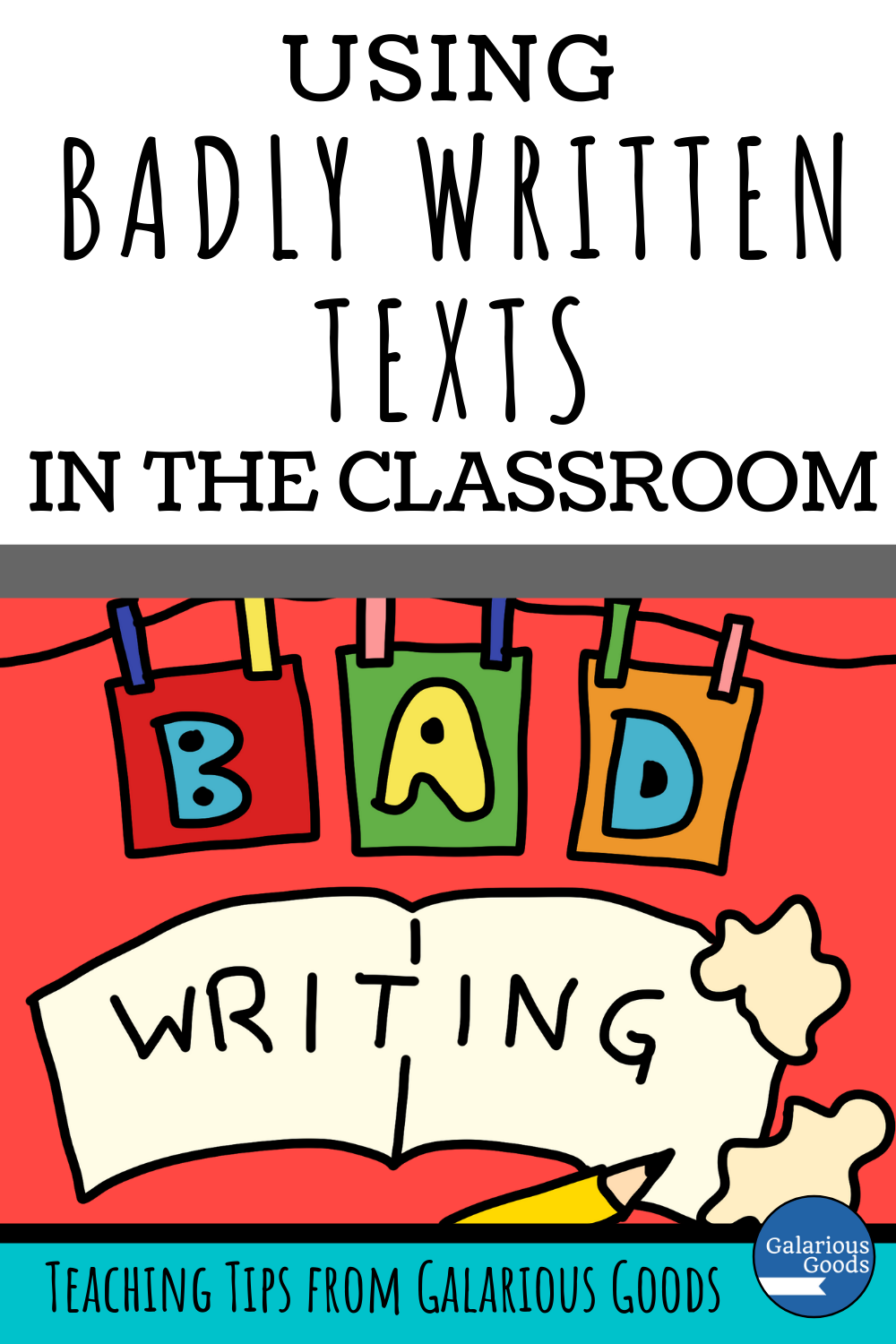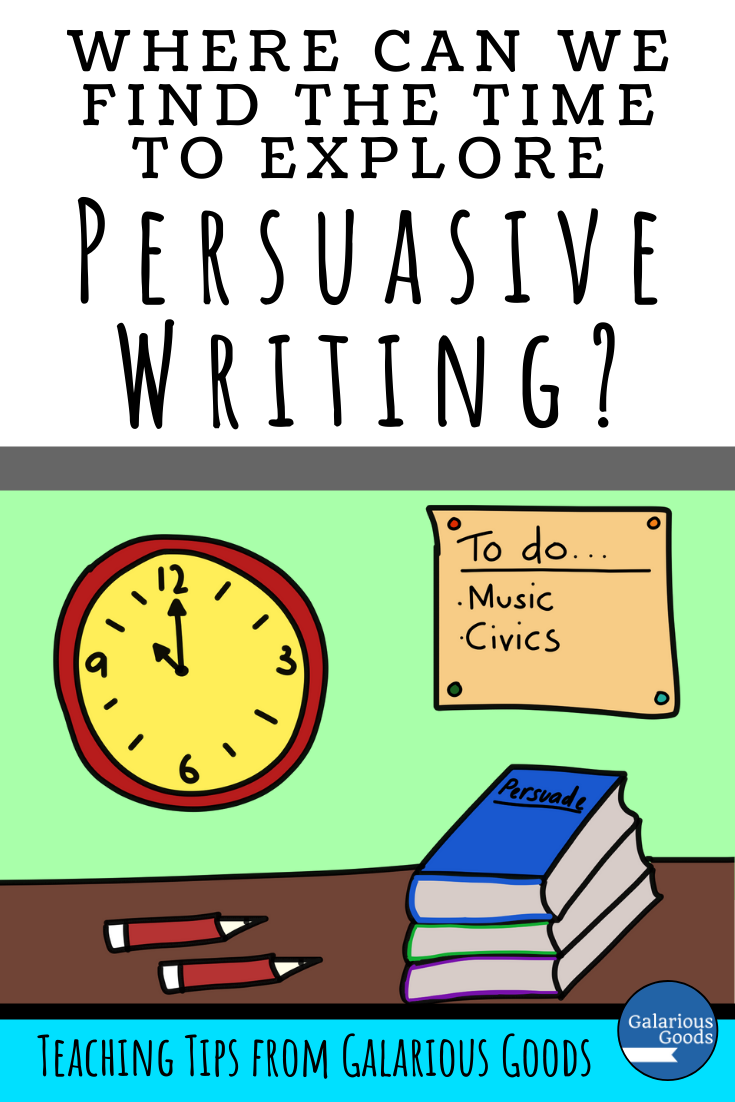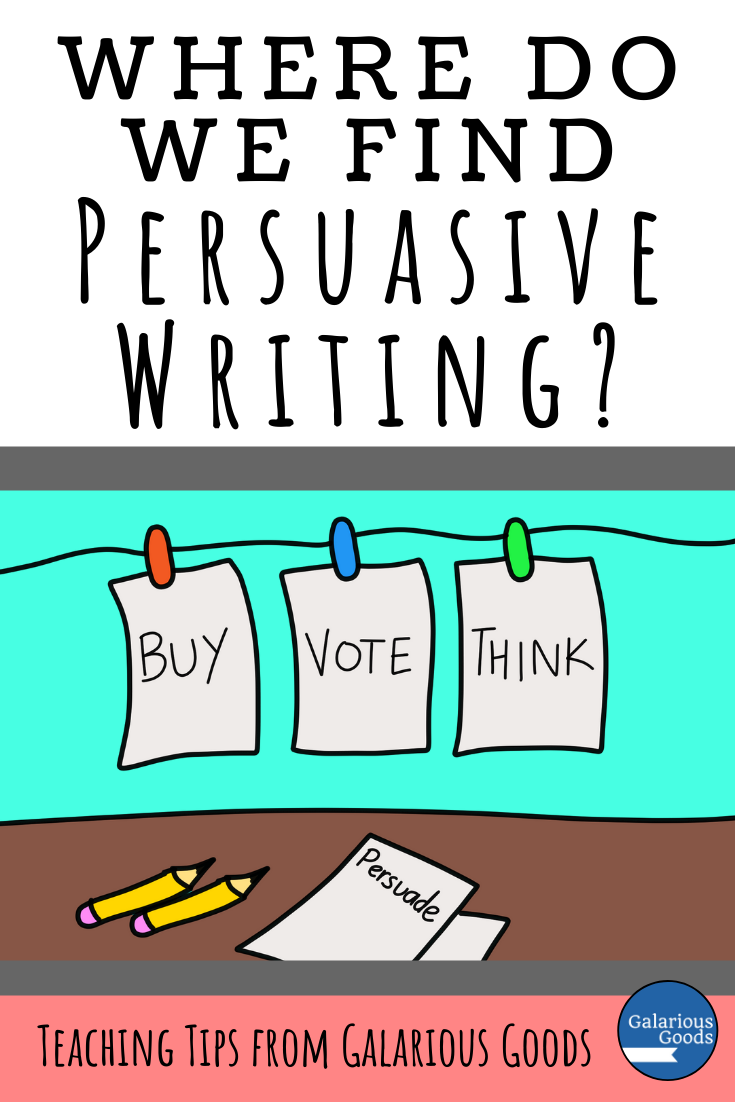What is Freewriting? (And how can it be used to teach writing?)
/There's nothing scarier when we're teaching writing in the classroom than the blank page. Or, to be more accurate, the reaction of our students to the blank page. There is a way to relieve the fear, though, with a simple writing strategy - freewriting.
What is freewriting?
A very basic definition of freewriting is writing anything you like for a set time period without stopping. The writer sits, with their paper and pen or computer, sets a timer and writes until the timer (usually set between five and twenty minutes) goes off. They can write about anything which comes into their mind, as long as it's in sentences (differentiating it from brainstorming). They might write the beginning of a story and can keep it going, or they might write a string of unconnected sentences - ranging from what they had for breakfast to how much their hand hurts. If the writer is not sure what to write, they can acknowledge that in their writing - writing sentences about how they don't know what to write until a new topic comes to mind.
While the writer might let their writing go wherever they like, they might also focus their writing with a writing prompt. This writing prompt might be a picture or a photograph, it might be a poem or a quote or it might be a question or a topic. The writing prompt allows the writer to put down everything they know or feel about a topic or idea or picture, although their writing might still wander away from the topic.
Another aspect of freewriting is that writers are not allowed to go back to make corrections and they do not need to be concerned with spelling, grammar or punctuation. This allows for perfectionism to rest for a little while - perfect if you have students who are concerned with getting their writing 'right' and therefore never get much written down.
Freewriting is often used at the beginning of a writing session. It's thought to 'blow the cobwebs out' before getting into the serious writing for the day. Getting into the physical and mental mindset of writing allows for writing sessions to be more productive. Others, writers or not, use freewriting at the beginning or end of their days to get thoughts and ideas out of their head and onto paper (or the computer screen).
How can we use freewriting when we're teaching writing?
If you are using the writer's workshop approach in your classroom, you can easily use freewriting every day. You can allocate five to ten minutes to silent, timed freewriting at the beginning of each writing session, allowing students to get into the writing mindset before they move onto planning, writing, editing, conferencing or small group lessons for the rest of the writing time. Freewriting can also be used as a way to launch writer's workshop - showing students one writing strategy which 'real writers' use as they learn to manage their time and their writing.
You can also use freewriting when you set a new writing task for your students. Students might write anything they like during the freewriting time, or they can write to the topic or a related prompt set for them. This allows them to get past the dreaded 'I don't know what to write!' and may help them discover new writing ideas or directions for their writing task.
Freewriting can be used to spark creativity when you're teaching creative writing, especially less familiar styles like poetry and descriptive writing. Students can use their freewriting to find themes, ideas, phrases or words that they would like to explore further, or they can swap their freewriting with others to find new directions which they may not have thought of before. Using prompt cards (like these ones from the Galarious Goods shop) for freewriting can be a great way to inspire poetry writing as the random nature of freewriting may get students to consider aspects of the prompt they haven't thought of before.
You can also use freewriting when you're approaching a informative or persuasive writing task. Students can read through their research or brainstorming ideas and then use the freewriting time to note down everything they know or feel about a topic. They can use this time to begin to organise ideas and get a feeling for what they're going to write about and come back to their freewriting when they're unsure of what to write next. This is particularly useful when students are writing across the curriculum as it shows them that their writing strategies are not confined to 'writing lessons'.
Finally teachers can use freewriting as part of their writing lessons to create a community of writers. They can schedule it in at the beginning or the end of the writing lesson to create a space where all students (and teachers) are actively engaged in writing. At the end of the time, everyone will have a piece of writing - even one with errors or unrelated sentences - as well as the feeling that you're all working together; even when you're working on different pieces of writing.

